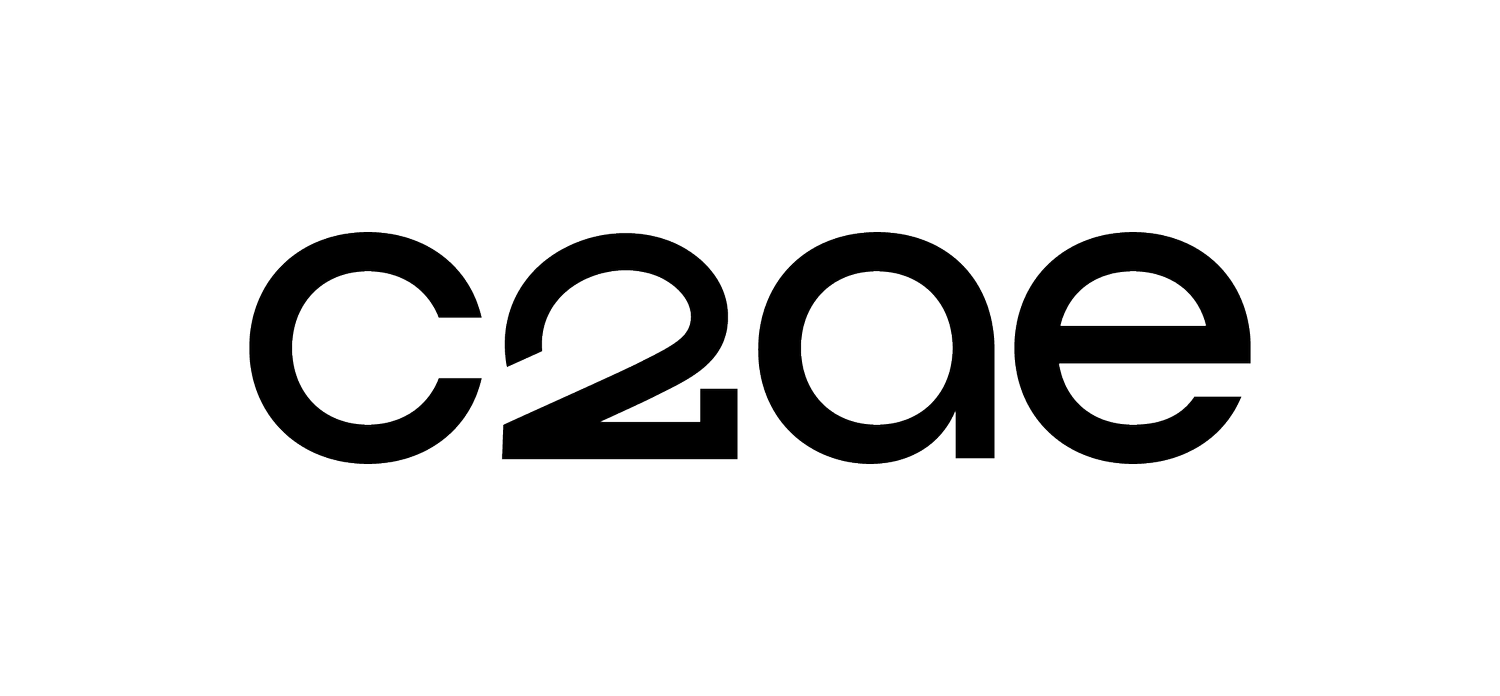Location, Location, Fire Station: How to Find the Right Site for Your Fire Station
When it comes to fighting fires, response time can make all the difference.
That’s according to Steve Jurczuk, AIA, LEED AP, a project manager at C2AE who also serves as Chief of the Dorr Fire Department.
The most obvious factor impacting response time is distance. And since fire stations have no way to predict where an emergency is going to occur, a clearly defined, data-informed site selection process is the next best thing to a crystal ball.
“We’ll help you identify what program elements you need in a station,” Steve explains. “Then we’ll determine what sites in the response area meet that criteria. Next, we’ll narrow it down to the right site by evaluating each, from looking at factors such as topography and site size to using conceptual information, such as costs and site plans—information that’s defendable to your constituents.”
Sounds simple, right?
“There are several factors you have to think about upfront,” Steve goes on. Namely: we need to consider what barriers, geographic and otherwise, may affect fire department response time. Because distance isn’t everything.
Traffic Calming Transportation engineers, including those at C2AE, use traffic calming features to make roadways safer for both drivers and pedestrians. Traffic calming may take the form of a new stop light, a roundabout, or a reduction in the number of lanes on a road. Unfortunately, traffic calming does affect a department’s ability to navigate roads as quickly as possible. Fire departments should avoid sites with egress points that may be often blocked by heavy standing or moving traffic. In addition, fire departments should traffic calming features that are located on regularly travelled response routes.
Alternate Routes A site at the dead end of a road is also not suitable for a fire station. First responders need to have multiple paths to and from their facility in order to ensure that a road closure, traffic, or some other blockage won’t take up valuable time on the way to an emergency
Natural Features C2AE looks at the topography, site size, soil types, vegetation, access to utilities, and proximity to wetlands or flood zones before a site can even become a candidate for a fire station. But beyond that, C2AE’s engineers and architects look at the natural features surrounding a possible site. In a community built around a river, for example, every response route must include a crossing. So a site with access to multiple bridges would be preferred.
Firefighter Health and Wellness According to research by the National Fire Protection Association (NFPA), approximately 44 percent of fire stations are 40 years old or older. Regardless of whether you’re building a new facility or renovating an existing station, fire department buildings need to offer modern support for firefighter health and wellness, as these are also response time factors.
For example, turnout gear used for firefighting can be contaminated and should be cleaned after use. The contaminants from gear and equipment will cause adverse health effects, such as asthma and cancer, over both short- and long-term exposure. It is important for fire stations to ensure good air quality by zoning off turnout gear and equipment storage spaces with negative air pressure to prevent toxic chemicals from traveling through the HVAC system and into the living and working areas of the station
In addition, fire departments can encourage firefighters to maintain overall wellness in a variety of ways. One method is to ensure existing fire station fitness areas have appropriate floor space for stretching and yoga.
Conclusions A new fire station can be a large but important investment for any community, and there are many factors to consider beyond what we have discussed. If your municipality is weighing its options, C2AE can help by assessing your existing facilities, studying potential avenues, making recommendations, building community consensus, and implementing the right solution for you. Let’s talk!
Reach Steve Jurczuk, AIA, LEED AP, NCARB, at (866) 454-3923 or send us a message at info@c2ae.com.
